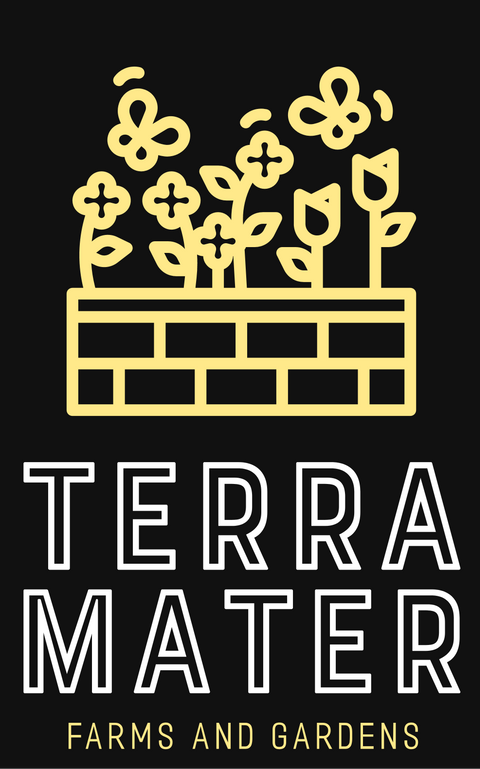White Albino Springtail (Ceratophysella isabellae) Pale, eye-catching springtails perfect for humid bioactive enclosures and fungal control.
Pale, eye-catching springtails perfect for humid bioactive enclosures and fungal control.
Not all springtails blend into the background, Ceratophysella isabellae is a subtle standout.
With its striking white appearance and complete lack of pigment, this albino species isn’t just beautiful, it’s biologically distinct. Native to cool, damp leaf litter environments across temperate and boreal regions of Europe and North America, C. isabellae is adapted to thrive in consistently moist, shaded enclosures. It excels as a specialist in fungal regulation and makes a particularly effective bioactive cleanup crew member in setups that lean heavily into humidity and decomposition.
Its pale color makes it easy to observe, ideal for keepers who monitor microfauna dynamics closely. And unlike some flashier species, C. isabellae stays focused, quietly and efficiently controlling mold outbreaks, decomposing organic matter, and promoting healthy microbial cycling beneath the surface.
Why Choose Ceratophysella isabellae?
-
A visually distinct species that stays near the surface, allowing for population monitoring
-
Exceptionally effective in terrarium mold prevention, particularly in warm, wet environments
-
Prefers fungal growth over raw detritus, making it an ideal partner in fungal-heavy enclosures
-
Works well in springtail-only colonies or as a complementary species in isopod tank helper setups
-
Highly beneficial in vivarium pests control through mold and mildew suppression
🧬 Bonus: Because of their pale coloration, they're easier to differentiate from soil mites during routine checks.
How to Introduce Them
Sprinkle the colony across moist leaf litter, sphagnum, or rotting wood in your terrarium or vivarium. They establish best when released into enclosures with consistent moisture and abundant decaying organic material. Avoid dry patches or fast-draining substrates, this species thrives in damp, slow-cycling ecosystems.
Feeding & Maintenance
While they will consume general detritus and decaying plant matter, C. isabellae prefers fungal hyphae and biofilm. In low-nutrient enclosures, feed sparingly with organic yeast powder, mycorrhizal additives, or boiled grain flakes to stimulate fungal development. Keep RH at 80% or higher and ensure good air exchange to avoid anaerobic conditions.
🌫️ They’re happiest where others aren’t, deep in moss, under bark slabs, and in the heart of fungal blooms.
What Makes Them Different
This isn’t your average springtail. C. isabellae is slower to reproduce than Folsomia candida but makes up for it with environmental sensitivity and fungal targeting. It’s one of the few springtails ideal for setups where mushrooms or beneficial molds are part of the ecology. In contrast to faster, surface-dashing species like Pseudosinella rolfsi, the White Albino Springtail calmly works the mid-layer of substrate, maintaining humidity while slowly cycling nutrients.
Their behavior and aesthetic also make them an excellent teaching species for microfauna education or observational tanks.
Best Use Cases
-
Humid, forest-style terrariums and paludariums
-
Springtails for terrariums with live moss or fungi
-
Dart frog and amphibian enclosures with fungal decomposition
-
Isopod enclosures where softer molds often bloom
-
Bioactive plant bins focused on fungal symbiosis or natural composting
🐌 Want to balance out a high-speed springtail colony with a methodical fungus specialist? This is the species to choose.
🎯 For keepers who value function and form, Ceratophysella isabellae offers both, an efficient mold controller and a conversation-worthy addition to your bioactive world. Grab yours while colonies are in stock.

